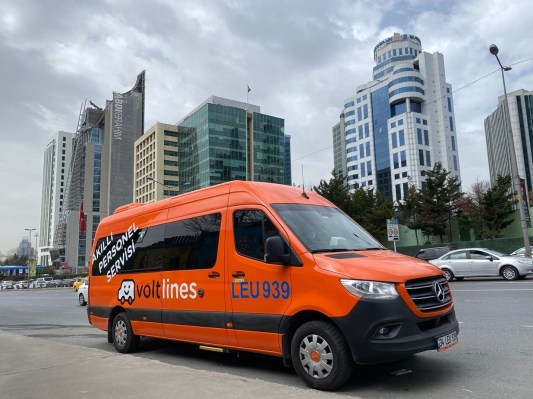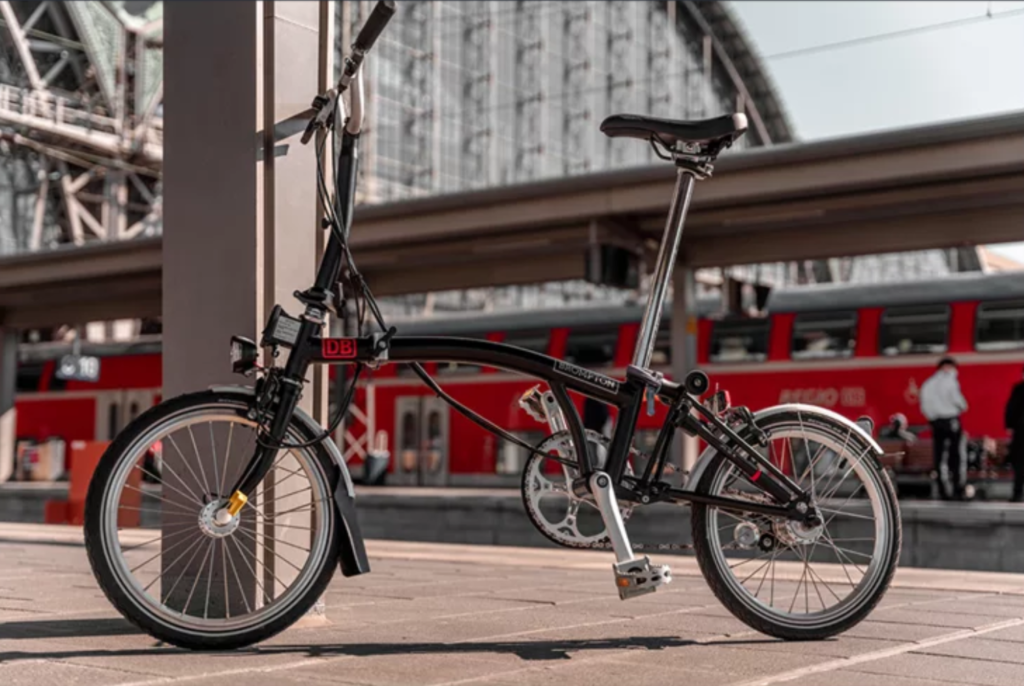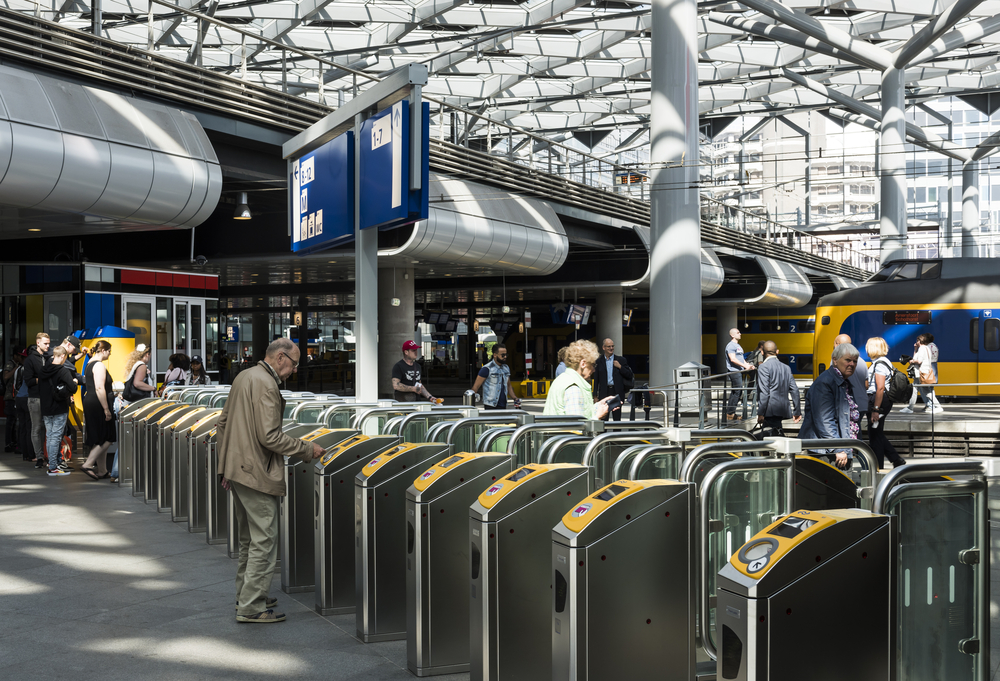What is the problem that MaaS solves?

Mobility as a service (MaaS) is one of those fabled sea serpents that many city transport authorities have seen or are actively chasing without much success. The core promise is a one-stop-shop service that allows anyone to plan, book, and pay for going from A to B in a city, using any transportation system available. These systems do not require science-fiction technology and should be quite simple to deploy in 2022.
In reality, they point at hard questions: How to mix public and private services? What business model would operate? How to collect and properly share data? How to monitor all transportation systems through a unique system that is not Google? And the latter question oftentimes tops everyone in the mind of city operators. Every MaaS project ends up being a software first problem requiring building an app with underlying complex IT development.
Following this route, we end up missing the real question: If MaaS is a solution, what is the problem it solves?
In our 2021 white paper on MaaS in Europe for the French National Board for Energy Transition we pointed out what should be the expectations of the various stakeholders in an urban community:
- For the citizens and inhabitants: Move safely, minimize waiting times, manage a monthly budget, satisfy environmental concerns, improve quality of life...
- For visitors and tourists (surprisingly always forgotten in such discussions): Move safely, orient yourself with straightforward tools, simplify access to sites of interest, pay in foreign currencies without constraint...
- For businesses and employers: Facilitate access to work for employees, leverage territorial attractiveness for job-hiring, facilitate growth, and improve logistics...
- For retail and shop-owners: Promote access to the neighborhood, share an attractive local brand image, manage deliveries, expand catchment area, reduce operating costs per square meter...
- Not to forget city public services themselves: Meet regulatory requirements, have flagship projects demonstrating their action and promote territorial attractiveness, create jobs, manage budgets, meet environmental requirements...
This seems simple enough, right? If this wasn't an afterthought, we would realize that a large part of the MaaS answer to these is not about software, cloud, data, smart city, and painstakingly difficult to create Google-like mega-apps.
Simple solutions work.
In Egypt, for instance, Swvl is a MaaS startup that does just one thing: it repurposes underutilized, privately owned buses or minivans and finds them mobility problems to solve throughout the day. This can be shuttling intercity commuters along fixed routes, providing rides between cities, or driving corporate employees to work or meetings.

In Stuttgart, the UK bike manufacturer Brompton partnered with the Deutsche Bahn to offer a paired train + bike monthly subscription service (Brompton is world-famous for their folding bike design, ideal for carrying on in public transportations).

Not to forget the Netherlands, where for more than 20 years, most of MaaS problems have been solved by a dense public transportation network that can be accessed with a unique plastic contactless payment card: the OV-Chipkaart. It just works in every city the same and gives access to trains, buses, tramways, metros, public bikes renting, and yes, ferries. And soon enough, it should even be replaced by direct payment with your own banking card.

The lesson here?
MaaS is not as much a software engineering problem as a social and urbanism problem. Tweaking the current business model of public and private operators delivers 80% of the expected value. You just have to ask this simple question: what problem do we really need to solve?
A question that, with every big promise around a technology, such as MaaS, AI, NFT, or any other currently sexy acronym, is rapidly forgotten.






